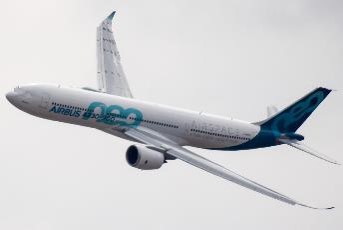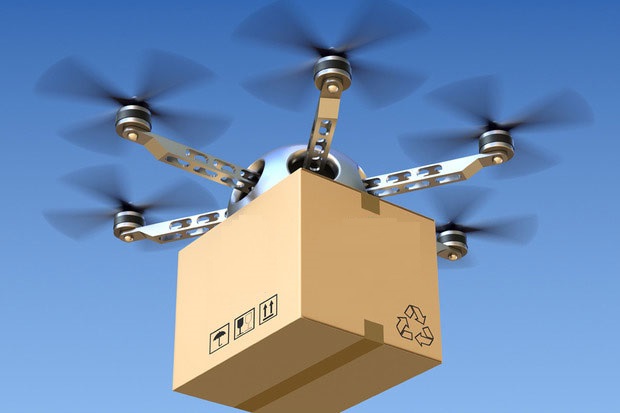The 'certified' category caters for the operations with the highest level of risk. Future drone flights with passengers on board such as the air taxi, for example, will fall into this category. The approach used to ensure the safety of these flights will be very similar to the one used for manned aviation.
For this reason, these aircraft will always need to be certified (i.e. have a type certificate and a certificate of airworthiness), the UAS operator will need an air operator approval issued by the competent authority and the remote pilot is required to hold a pilot licence. Longer term, we expect that the level of automation of drones will gradually increase up to having fully autonomous drones without the need of the intervention of a remote pilot.
In order to allow operations in the certified category almost all the aviation regulations will need to be amended. So this will be a major task.
EASA decided to conduct this activity in multiple phases and to address first the following three types of operation: Operations type #1: International flight of certified cargo drones conducted in instrumental flight rule (IFR) in airspace classes A-C and taking-off and landing at aerodromes under EASA’s scope. For example, an unmanned A320 transporting a cargo from Paris to New York.
Operations type #1: International flight of certified cargo drones conducted in instrumental flight rule (IFR) in airspace classes A-C and taking-off and landing at aerodromes under EASA’s scope. For example, an unmanned A320 transporting a cargo from Paris to New York.
 Operations type #2: Drone operations in urban or rural environments using pre-defined routes in airspaces where U-space services are provided. This includes operations of unmanned drones carrying passengers or cargo. For example air-taxi or package delivery services that come directly to your balcony or the roof of your building or your front yard.
Operations type #2: Drone operations in urban or rural environments using pre-defined routes in airspaces where U-space services are provided. This includes operations of unmanned drones carrying passengers or cargo. For example air-taxi or package delivery services that come directly to your balcony or the roof of your building or your front yard. Operations type #3: Operations as in type #2, but conducted with an aircraft with a pilot on board. Actually this is expected to cover the first type of air taxi operations, where the pilot will be on board. In a second phase the aircraft will become remotely piloted (operations type 2)
Operations type #3: Operations as in type #2, but conducted with an aircraft with a pilot on board. Actually this is expected to cover the first type of air taxi operations, where the pilot will be on board. In a second phase the aircraft will become remotely piloted (operations type 2)
The first proposal for amendment will be published on the EASA website in 2021.